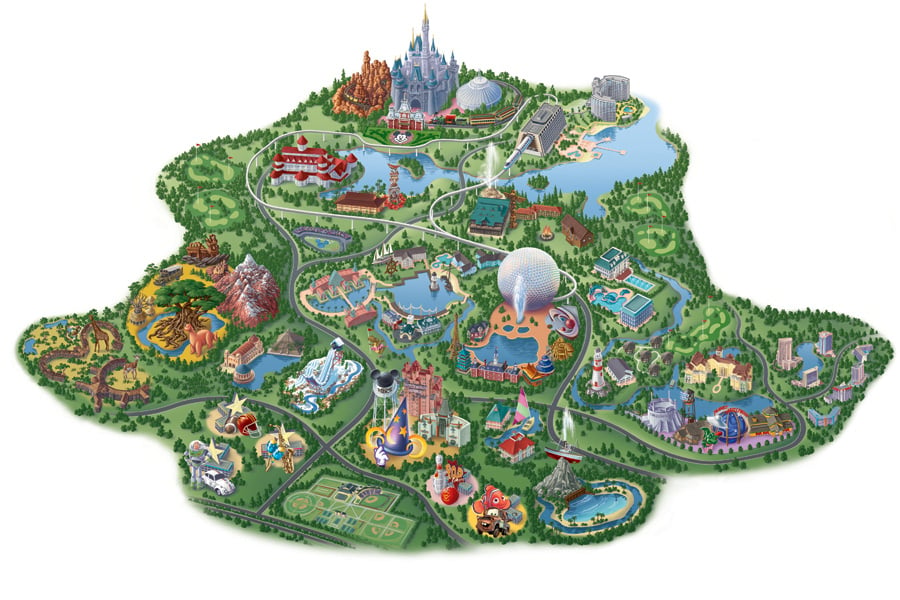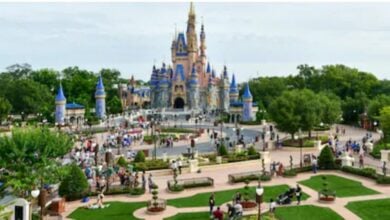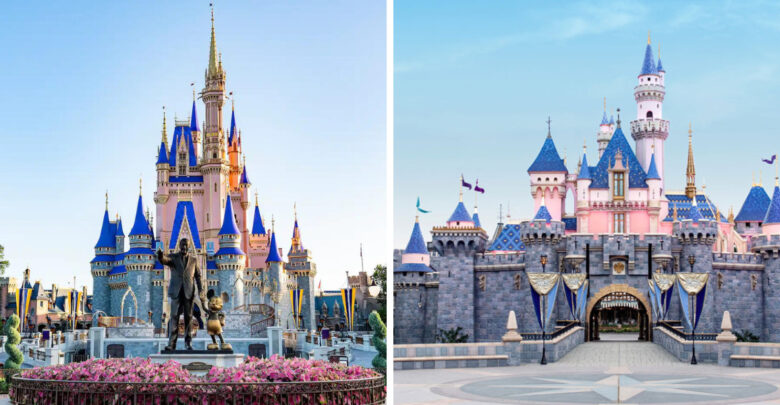
Walt Disney World and Disneyland offer a great vacation destination for Guests each year. As millions of people visit these two destinations, their experience at each is hugely different.
While there are a handful of similarities between the two Parks, there are some drastic differences that Guests should know about before choosing their vacation destination.
We will share the top seven differences between Disneyland and Walt Disney World.
1. Size
One of the most significant differences that Guests need to be aware of revolves around the size of the Parks. Walt Disney World Resort in Florida is the same size as San Francisco or double the size of Manhattan. Walt Disney World Resort is truly a whole city on its own.
Disneyland, on the other hand, sits on just over 500 acres. This is a fraction of the 27,000 acres that make up Walt Disney World.
When choosing which Park to visit, it is essential to know the size difference. A trip to Disneyland will feel charming and cozy. Walt Disney World will feel massive and overwhelming if you aren’t prepared.
2. Hotels
Because of the size difference, the amount of Disney’s own Resorts varies significantly between the two destinations. When visiting Disneyland, there are only three Resorts to choose from when wanting to stay on property.
The Grand Californian, Disneyland Hotel, and the soon-to-be Pixar Place Hotel are the three options that Guests have to choose from at Disneyland. Because of the limited amount of on-property hotels, Disneyland has numerous Good Neighbor Hotels. These hotels are close to the Parks, making getting to and from the fun easy.
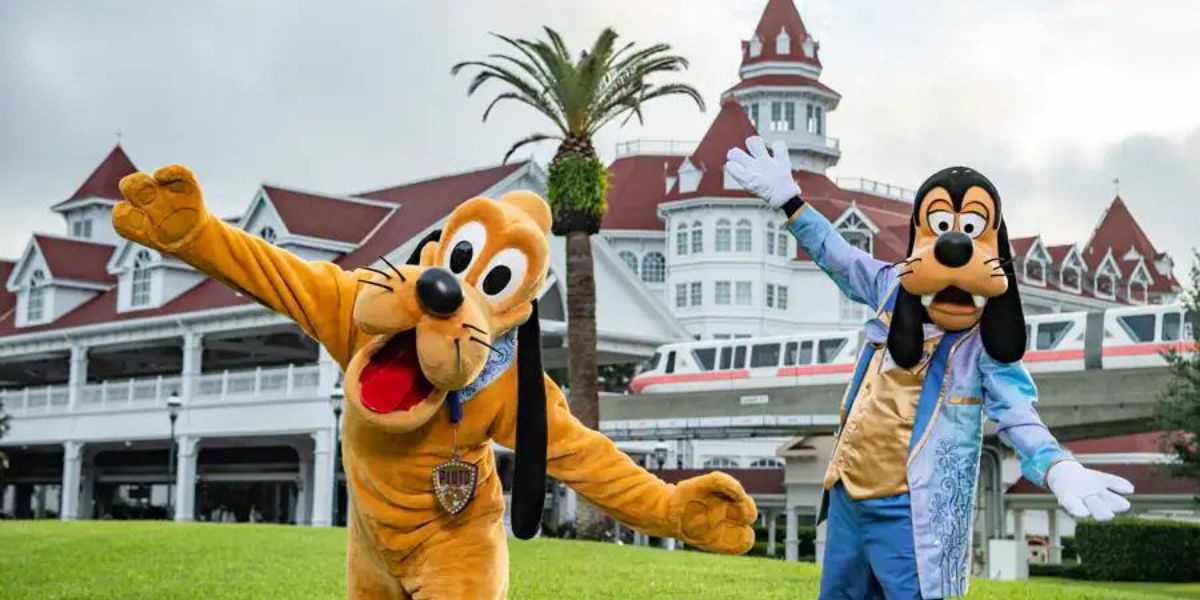
Walt Disney World has over 20 hotels that Guests can choose from for their vacation stay. There are three categories for Guests to choose from, ranging in price and amenities. The three categories are value, moderate, and deluxe. When visiting Walt Disney World, there is a huge advantage to staying at one of the Disney Resorts.
Related: Top Reasons Why You Should Stay at a Walt Disney World Resort
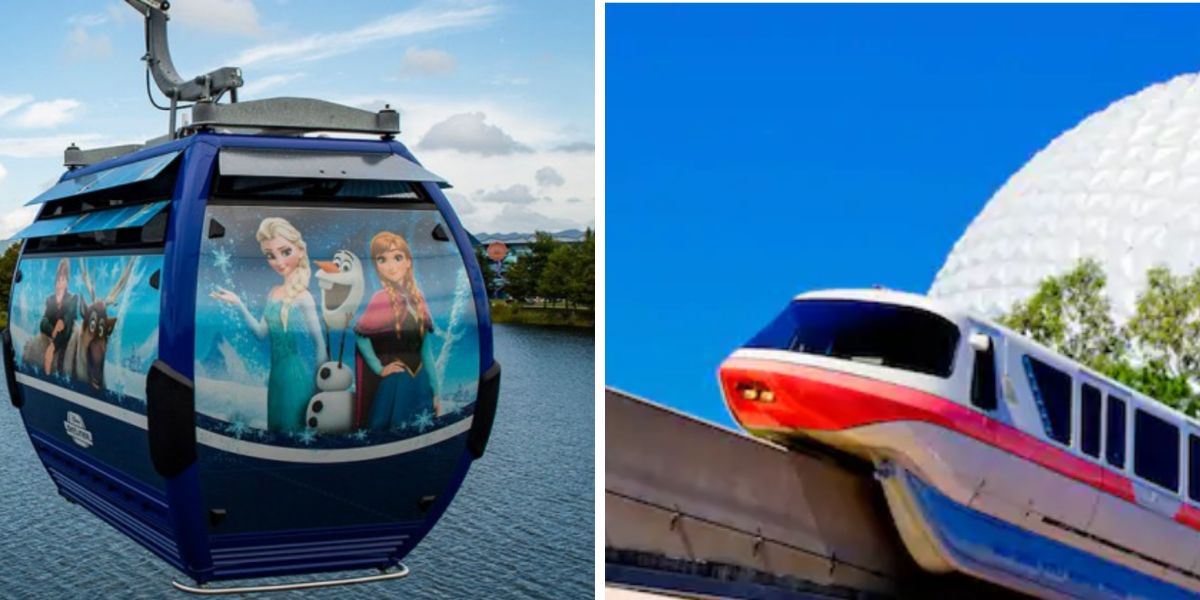
3. Transportation
Another significant difference between Disneyland and Walt Disney World due to the size is transportation. At Disneyland, there is the monorail that takes Guests around Disneyland Park; however, that is the only mode of transportation. If Guests want to get around the Park and Downtown Disney, they use their own two feet.
In Walt Disney World, numerous modes of transportation help Guests get around between the four Parks, water parks, Disney Springs, and the Resorts. At Walt Disney World, Guests can enjoy buses, skyliner, monorails, boats, and even the ferry to get around.
The free transportation provided throughout Walt Disney World differs significantly from Disneyland.
Related: Disney’s 5 Free Transportation Options You Need to Know
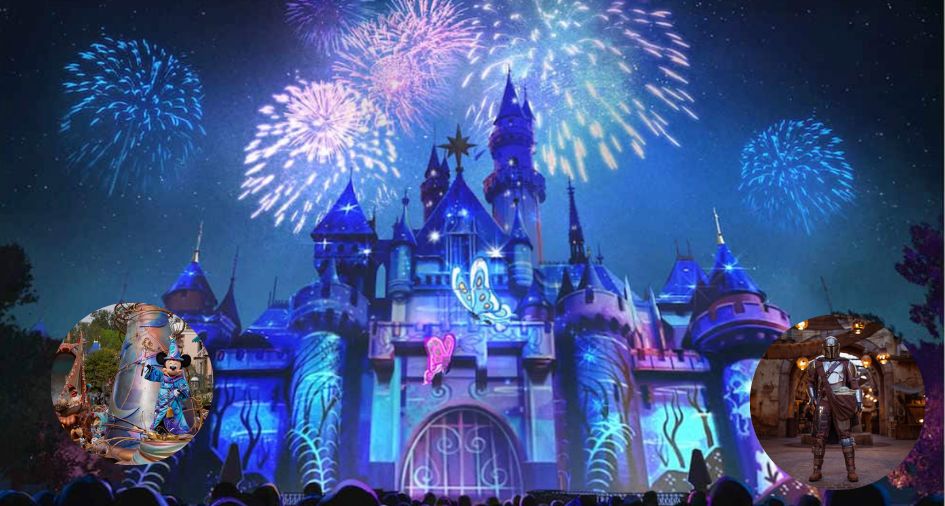
4. Theme Parks
In Walt Disney World, Guests have four main Parks: Magic Kingdom, Disney’s Hollywood Studios, Disney’s Animal Kingdom, and EPCOT. There are also two water parks: Blizzard Beach, Typhoon Lagoon, and Disney Springs.
Disneyland has Downtown Disney, Disneyland Park, and California Adventure. Fewer Parks at Disneyland means that Guests can experience both in a shorter period. In Walt Disney World, seeing all four Parks is much easier if you plan a longer vacation.
This is essential to consider when determining which Disney destination will suit you.
5. Ride Options
Although there are some similarities when it comes to rides and shows at the two Disney destinations, there are a lot of experiences that Guests can only have at one or the other.
If you are a huge Cars fan, you won’t want to miss out on Radiator Springs at California Adventure. Guests are in action with Mater, Lightning McQueen, and all their friends.
When looking to experience various cultures or go on a safari ride, Guests will want to head to Walt Disney World, where the World Showcase and Kilimanjaro Safaris is located.
Both destinations have so much for Guests to do, make sure you know which Disney destination hosts your favorite must-do experience.
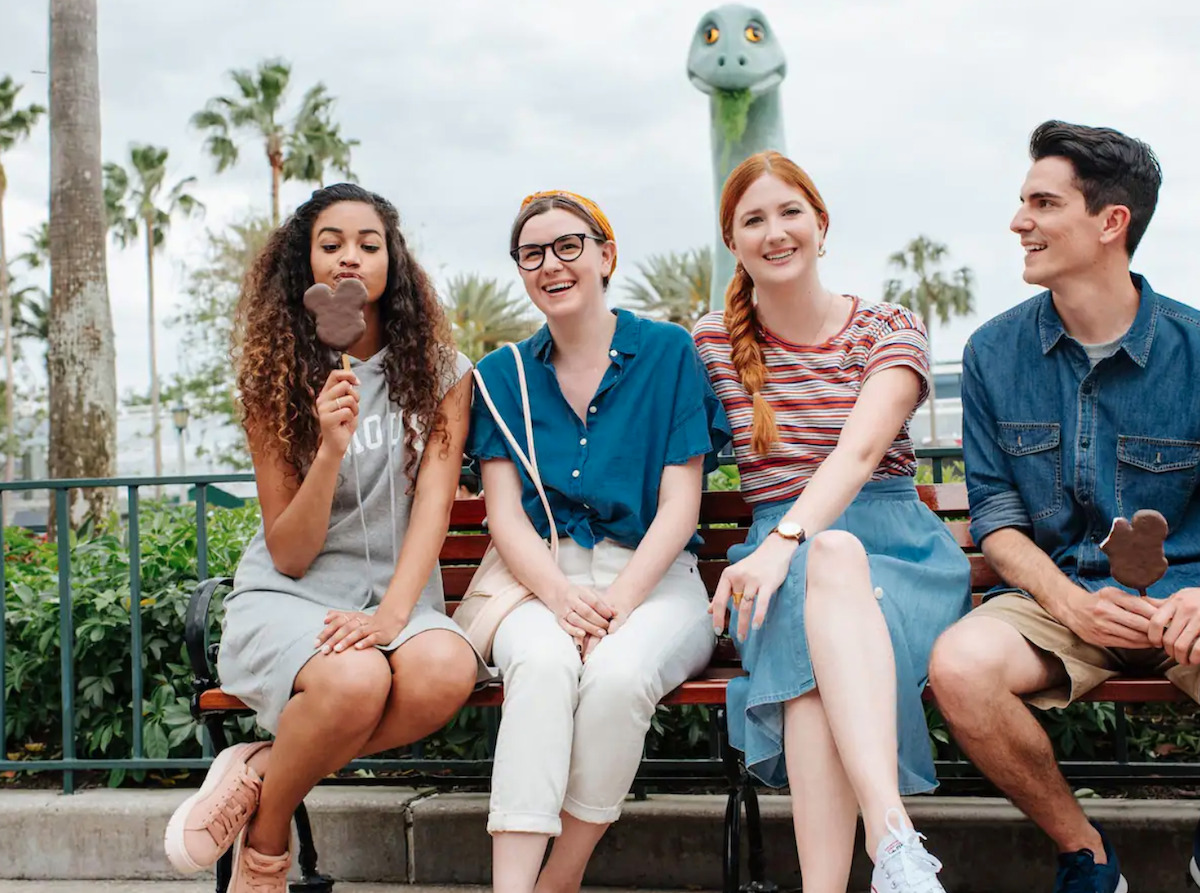
6. Park Hopping
Currently, a big difference between the two Disney destinations is Park Hopping. This feature can be added to a Disney ticket and allows Guests to move between, or hop between, Disney Parks.
At Walt Disney World, Guests who add the Park Hopper option to their ticket can start hopping at 2 pm. As mentioned, hopping at Walt Disney World is a process because of the overall property’s size.
In Disneyland, Guests can begin Park hopping at 11 am. Not only does this give Guests a lot of extra time to move between the two Disneyland Parks, but it also is straightforward to hop. Because Disneyland Park and California Adventure are so close together, Guests can walk between these Parks within a few minutes. Moving between the two Disneyland Parks throughout the day makes it extremely easy.
This is something to consider when choosing if Park hopping will work for your family.
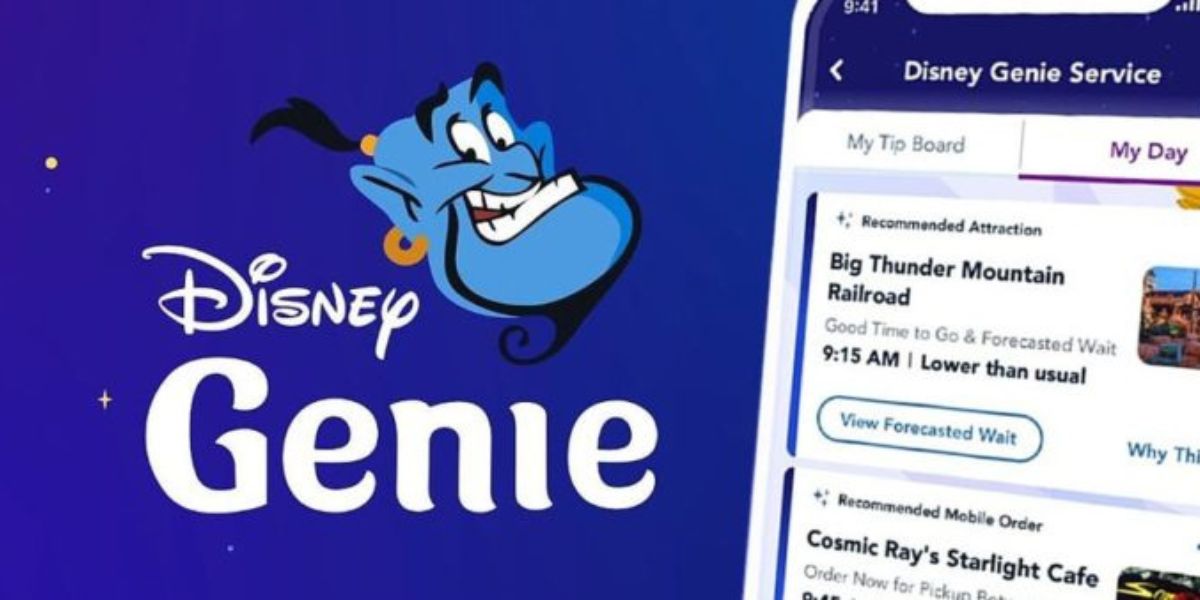
7. Genie+
Genie+ and Individual Lightning Lanes are new Disneyland, and Walt Disney World features. This system allows guests to bypass the regular standby lines throughout their trip.
At Disneyland, Guests can add Genie+ to their ticket package. With a starting price of $25 per person per day, adding this cost to your vacation package is an excellent option for Guests.
Guests wanting to use Genie+ at Walt Disney World can start purchasing it at midnight—the cost is based on surge pricing. We have recently seen Genie+ rise to $35 daily, an all-time high.
Another significant difference between how this system works between the two coasts is when Guests can make their first reservation. At Walt Disney World, Guests can make their first Genie+ selection at 7 am from anywhere. This means from the comfort of their bed, the airport, or anywhere else.
At Disneyland, Guests can’t make their first selection until they have tapped into one of the two Parks. Once they have done this, they can begin using Genie+.
There are pros and cons to both systems. Make sure if you plan to use Genie+ that, you take time to learn all about how it works.
Related: Must-Know Genie+ Facts for Walt Disney World
Disneyland and Walt Disney World offer a great vacation for Guests wanting a magical time. Although they are both magical, they do offer very different vacation experiences. We hope that by breaking down the big differences between the two, you can determine which Disney destination is right for you.


